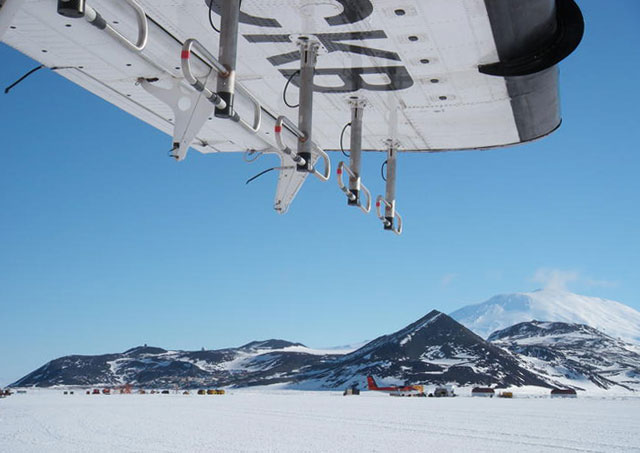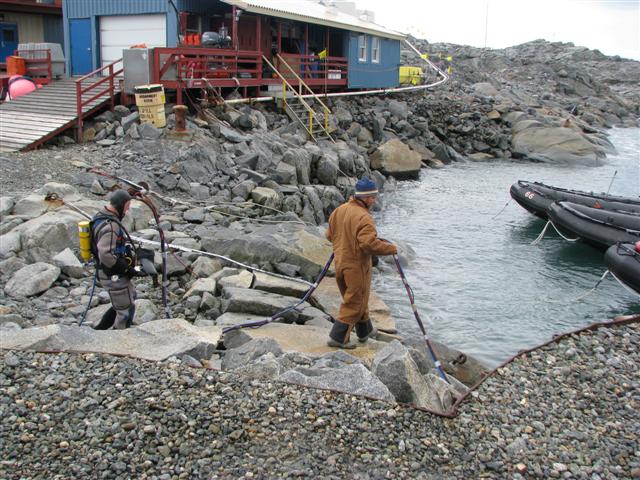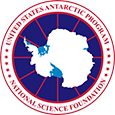|
NSF budget 2013Agency request boosts Antarctic research funding by 9 percentPosted March 2, 2012
National Science Foundation (NSF) “This investment in science and engineering reflects an increase in core research funding and moves our nation forward by connecting the science and engineering enterprise with potential economic, societal and educational benefits in areas critical to job creation and a growing economy,” Suresh said in a press release. NSF’s Office of Polar Programs Antarctic research looks to receive a proposed 9 percent increase over last year, from about $65 million to $71 million. Funding for Arctic research may go from about $58 million to $63.5 million. About 40 percent of research grant proposals to OPP are funded, with 305 proposals estimated to receive funding in 2013. 
Photo Credit: Jilu Li/CReSIS
CReSIS radar on a Twin Otter wing while parked on the sea ice near McMurdo Station. Mount Erebus is smoking in the background.

Photo Credit: Zee Evans/Antarctic Photo Library
Divers Steve Rupp, left, and Rob Robbins work on repairs to the Palmer Station pier.
OPP has proposed adding $1.5 million, for a total of $6.75, to priority areas under NSF’s Science, Engineering, and Education for Sustainability (SEES) For Antarctica, the money will target studies of ice-mass loss and sea level rise, as well as research into how the ocean and atmosphere interact, particularly in the exchange of carbon dioxide, and how chemical changes such as ocean acidification will affect the marine ecosystem. Funding for the Center for Remote Sensing of Ice Sheets (CReSIS) CReSIS develops radars that are used for determining ice sheet thickness and the nature of the Earth’s surface where it interacts with the ice. CReSIS-developed instruments have been used both on the ground and in the air, including by other federal agencies like NASA Nearly $250 million of OPP’s budget is slated for infrastructure, logistics and transportation involved in running the U.S. Antarctic Program That big-ticket line item is forecast to remain relatively flat from the previous year. The biggest chunk, about $85 million, goes toward operating three year-round research stations, with another $5 million for field camps. Two research vessels will cost about $32 million to operate, and additional $9 million is slated for small aircraft and helicopter support. Operation Deep Freeze There are several other specific projects targeted under OPP’s Division of Antarctic Infrastructure and Logistics
|



For USAP Participants |
For The Public |
For Researchers and EducatorsContact UsU.S. National Science FoundationOffice of Polar Programs Geosciences Directorate 2415 Eisenhower Avenue, Suite W7100 Alexandria, VA 22314 Sign up for the NSF Office of Polar Programs newsletter and events. Feedback Form |


